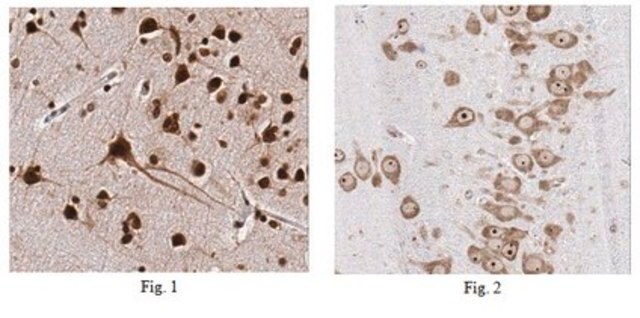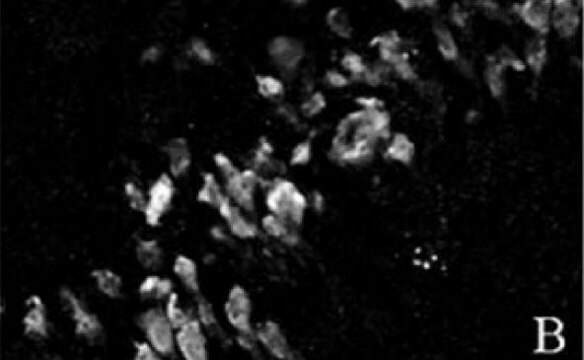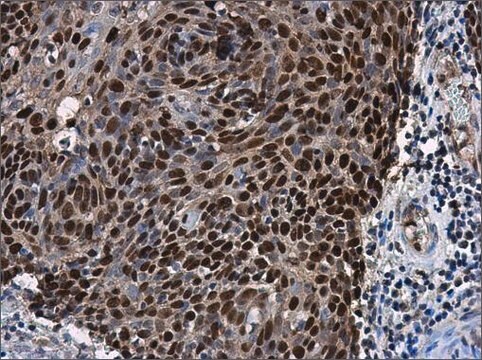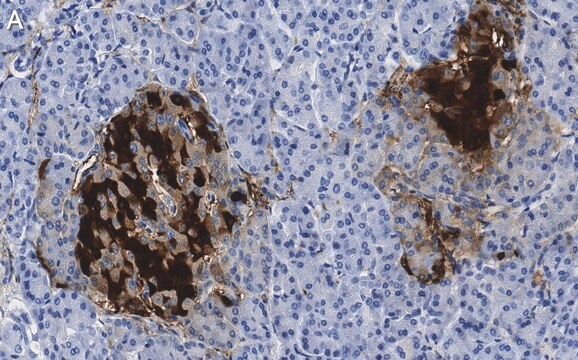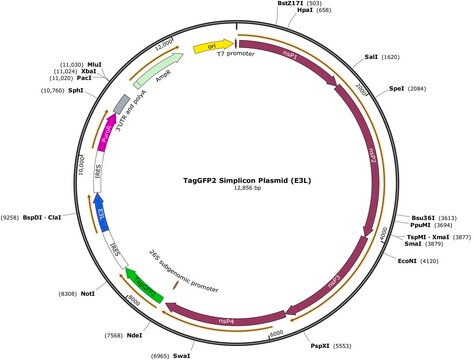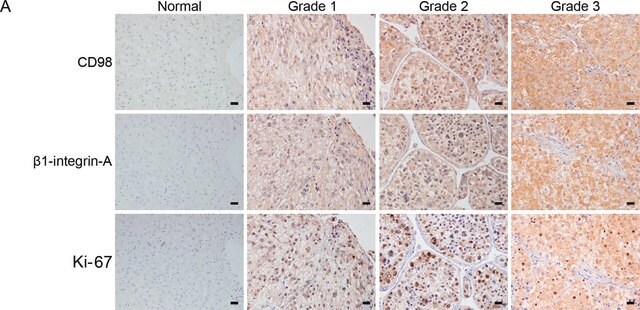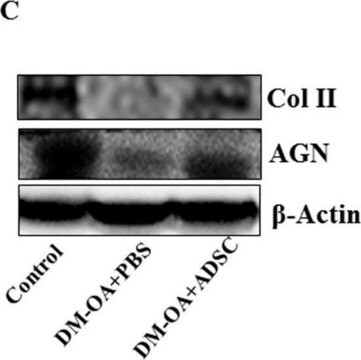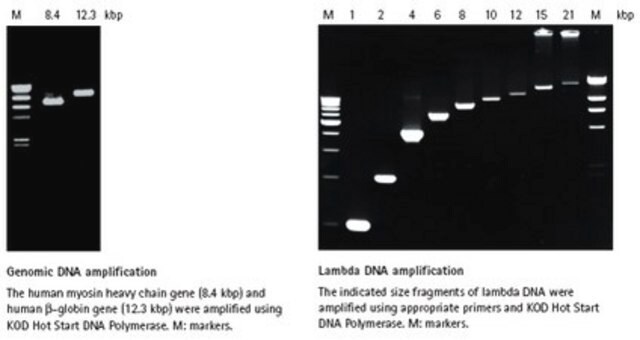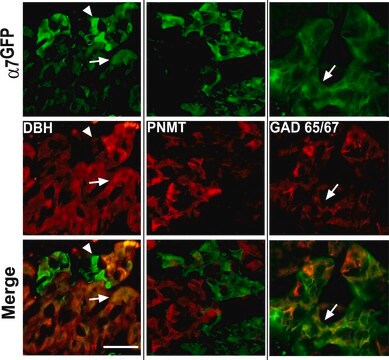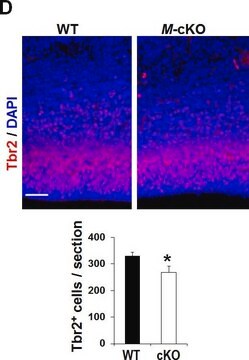MABN24
Przeciwciało anty-pan-Shank, klon N23B/49
clone N23B/49, from mouse
Synonim(y):
SH3 and multiple ankyrin repeat domains 2, SH3 and multiple ankyrin repeat domains protein 2, proline-rich synapse associated protein 1, cortactin SH3 domain-binding protein, Cortactin-binding protein 1, Proline-rich synapse-associated protein 1, cortact
About This Item
Polecane produkty
pochodzenie biologiczne
mouse
Poziom jakości
forma przeciwciała
purified antibody
rodzaj przeciwciała
primary antibodies
klon
N23B/49, monoclonal
reaktywność gatunkowa
mouse, human, rat
metody
immunohistochemistry: suitable (paraffin)
western blot: suitable
izotyp
IgG1κ
numer dostępu NCBI
numer dostępu UniProt
Warunki transportu
wet ice
docelowa modyfikacja potranslacyjna
unmodified
informacje o genach
human ... SHANK2(22941)
Opis ogólny
Immunogen
Zastosowanie
Analiza Western Blot: Poprzednia partia tego przeciwciała wykryła Shank w ekstraktach komórek COS-1 transfekowanych plazmidami Shank1, Shank2 lub Shank3. Dzięki uprzejmości Jamesa Trimmera, UC Davis/NIH NeuroMab Facility.
Neuroscience
Synapse & Synaptic Biology
Jakość
Western Blot Analysis: 2 µg/mL of this antibody detected Shank on 10 µg of rat brain membrane tissue lysate.
Opis wartości docelowych
Postać fizyczna
Przechowywanie i stabilność
Komentarz do analizy
Lizat tkanki błonowej mózgu szczura
Inne uwagi
Oświadczenie o zrzeczeniu się odpowiedzialności
Nie możesz znaleźć właściwego produktu?
Wypróbuj nasz Narzędzie selektora produktów.
Kod klasy składowania
12 - Non Combustible Liquids
Klasa zagrożenia wodnego (WGK)
WGK 1
Temperatura zapłonu (°F)
Not applicable
Temperatura zapłonu (°C)
Not applicable
Certyfikaty analizy (CoA)
Poszukaj Certyfikaty analizy (CoA), wpisując numer partii/serii produktów. Numery serii i partii można znaleźć na etykiecie produktu po słowach „seria” lub „partia”.
Masz już ten produkt?
Dokumenty związane z niedawno zakupionymi produktami zostały zamieszczone w Bibliotece dokumentów.
Nasz zespół naukowców ma doświadczenie we wszystkich obszarach badań, w tym w naukach przyrodniczych, materiałoznawstwie, syntezie chemicznej, chromatografii, analityce i wielu innych dziedzinach.
Skontaktuj się z zespołem ds. pomocy technicznej